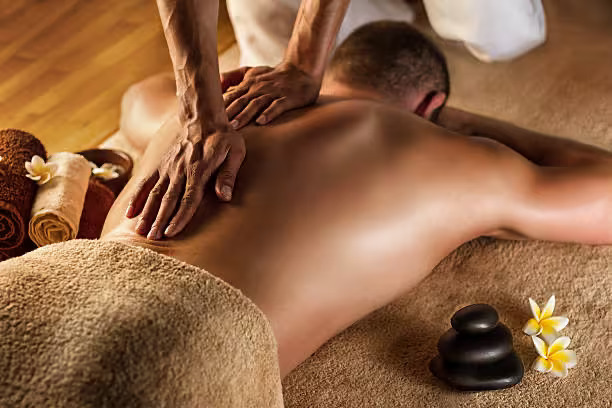Massage therapy is more than just a relaxing experience—it is a vital therapeutic practice that promotes physical and mental well-being. As a growing field in the healthcare industry, becoming a licensed massage therapist (LMT) offers the opportunity to help others while enjoying a fulfilling career. A successful massage therapist training program equips aspiring professionals with the necessary skills, knowledge, and techniques to provide safe, effective, and therapeutic treatments.
The Foundations of Massage Therapy Training
Massage therapist training is designed to teach students the essential skills to offer professional bodywork and provide care to clients with a wide range of needs. Typically, training programs last between 6 months to two years, depending on whether the course is part-time or full-time. A well-rounded curriculum incorporates both theoretical and practical learning, combining classroom instruction with hands-on practice to prepare students for real-world scenarios.
Core Subjects and Techniques in Massage Therapy
One of the key components of any massage therapist training program is a thorough understanding of human anatomy and physiology. A deep knowledge of the body’s systems—especially the muscular, skeletal, and nervous systems—is essential for providing safe and effective treatments. Students learn the names, locations, and functions of muscles, joints, and bones, as well as the ways that various massage techniques interact with the body’s tissues.
In addition to anatomy, students are taught various massage techniques, including Swedish massage, deep tissue massage, sports massage, trigger point therapy, and myofascial release. These methods vary in their approaches to addressing different body conditions. For example, Swedish massage is known for its soothing strokes and relaxation benefits, while deep tissue massage is designed to target chronic muscle tension. Learning how to apply these techniques effectively requires practice and supervision to ensure safety and efficacy.
Developing Practical Skills
Hands-on practice is crucial in massage therapist training. Students must practice their skills on peers and eventually clients, under the guidance of experienced instructors. These practical sessions help students develop the tactile awareness and sensitivity needed to gauge the pressure, rhythm, and movements that are right for each individual client. Techniques such as body mechanics and posture are also taught to ensure that therapists avoid injury while performing treatments.
Additionally, training includes safety protocols and hygiene standards that are essential in maintaining a professional environment. Students are educated on how to sanitize equipment, maintain a clean workspace, and create a comfortable and safe environment for clients. Instructors also emphasize the importance of ethical practices, including maintaining client confidentiality and obtaining informed consent before beginning any treatment.
Business and Professional Skills
To become successful in their careers, massage therapists must also acquire knowledge in business practices. Training programs often include courses on business management, marketing, and client relations. Students learn how to build their client base, manage appointments, maintain financial records, and create a professional brand. These skills are essential for those who wish to open their own massage therapy practice or work independently.
Licensing and Continuing Education
After completing a training program, prospective massage therapists are required to pass a certification exam to obtain licensure. The requirements for certification vary by state, but they typically involve a written exam, a practical exam, and proof of a certain number of clinical hours. Continuing education is also important, as new techniques, tools, and best practices emerge in the field of massage therapy. Ongoing training helps professionals stay up-to-date and refine their skills.
Conclusion
Massage therapist training is a rewarding and multifaceted process that provides individuals with the tools to heal, relax, and enhance the well-being of their clients. By combining theoretical knowledge, practical techniques, business training, and ethical practices, aspiring massage therapists are well-equipped to enter the field and make a positive impact in the lives of others. Whether working in a spa, clinic, or private practice, becoming a licensed massage therapist offers an opportunity to build a career dedicated to health and wellness


